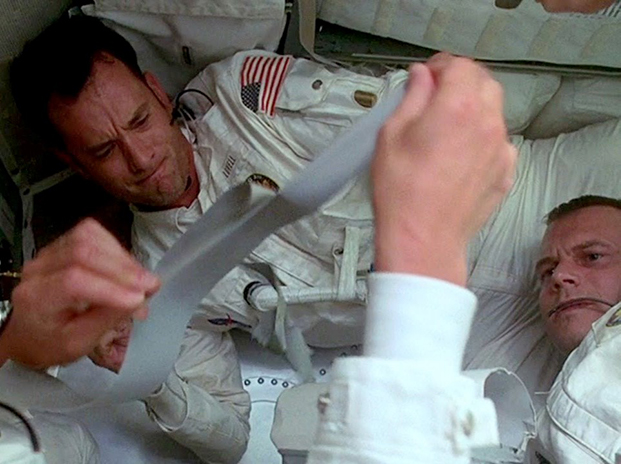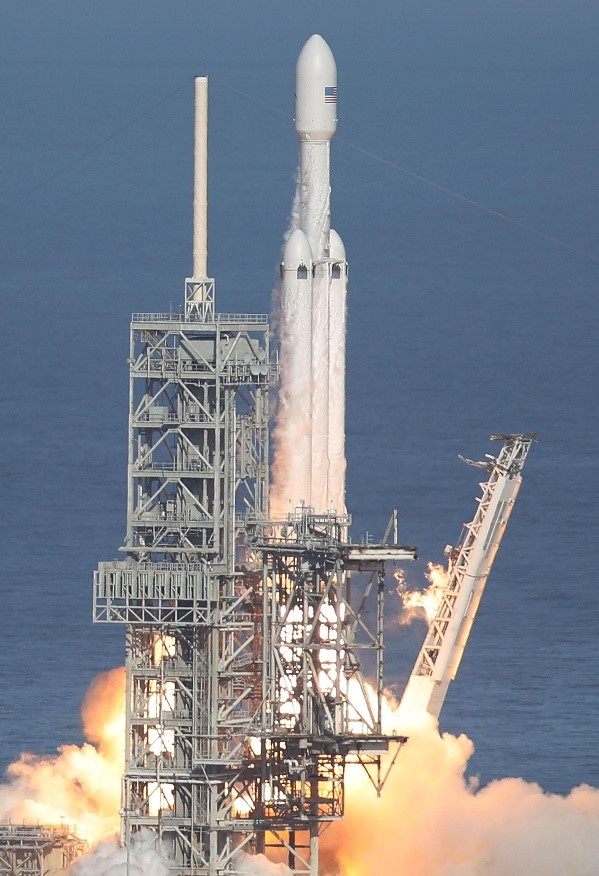Blog
Sometimes, a quick fix is exactly what you need
If you recall the scene in Apollo 13, where duct tape saves the lives of Tom Hanks and his crew, you know what I mean.

In today’s business world, RPA (Robotic Process Automation) has become the equivalence of duct tape. Brilliant to save the day, when you have old systems and processes in play. And no time, budget, or motivation to do a proper reengineering of systems and processes.
Katie Behrens from UI Path (one of the world leaders in RPA) presents a balanced description of the differences between RPA and BPM (Business Process Management):
RPA, on the other hand, is designed to operate processes as a human would, so it exists on a more surface level. It’s faster to implement, ready to use with almost any software, and easily altered or updated to adapt to the changing world. As far as we see it, RPA and BPM are not in conflict with each other. They both have the same goal with different implementation strategies.
While you certainly could use RPA to handle high frequency processes which had previously been performed by humans, perhaps what is really needed is an overhaul of your workflow. If a certain type of transaction makes up the bread-and-butter of your organization’s service, for example, you’ll want to make sure that process is as tight, efficient, and self-contained as possible. There are times when you have to transform the process itself rather than relying on a surface-level fix. That’s the time to use BPM. Source: www.uipath.com
Don’t mistake the one for the other
|
When you confuse the two, you stand to lose money big time. Either short term, or long term. If you insist doing everything the ‘perfect way’, you’ll lose momentum and miss out on a lot of potential savings here and now. That’s stupid. If you apply quick fixes permanently, you’ll be hit in the long run. And that’s even worse. Patch-up your entire IT landscape with robots, and you will soon find yourself having even less room to maneuver, than before. Your core business processes are now based on RPA-macros that are less well-documented, not continuously tested, and hugely sensitive to changes in the UI of systems you don’t control. That’s why the answer is not “either or”, but “both”. At Nextway we specialize in long-term solutions. But if what you need is a quick fix, we have partners to team up with. The best of both worlds.
|
|









